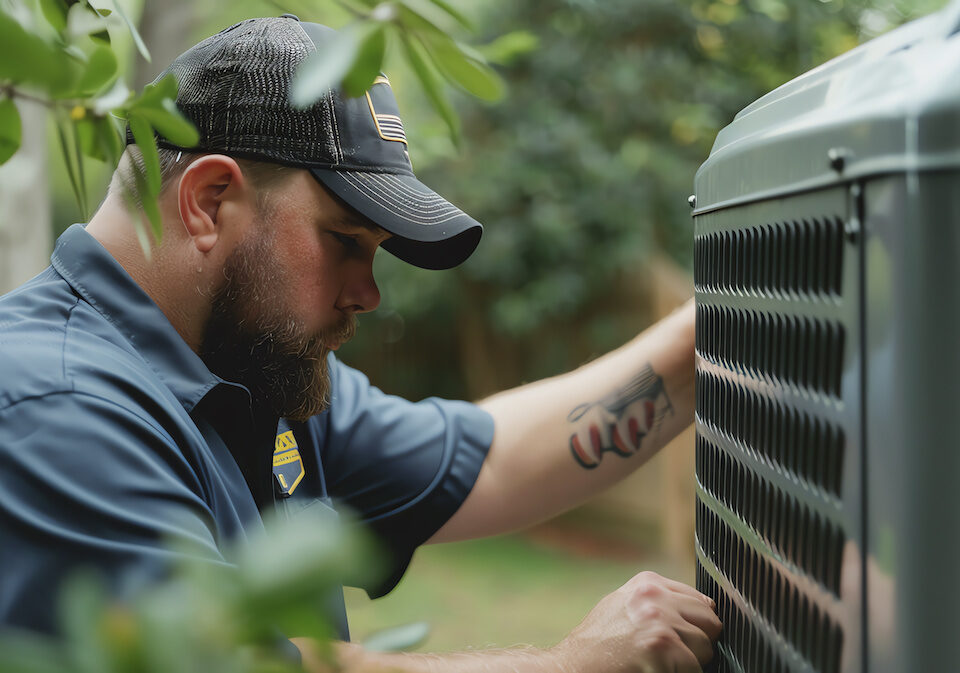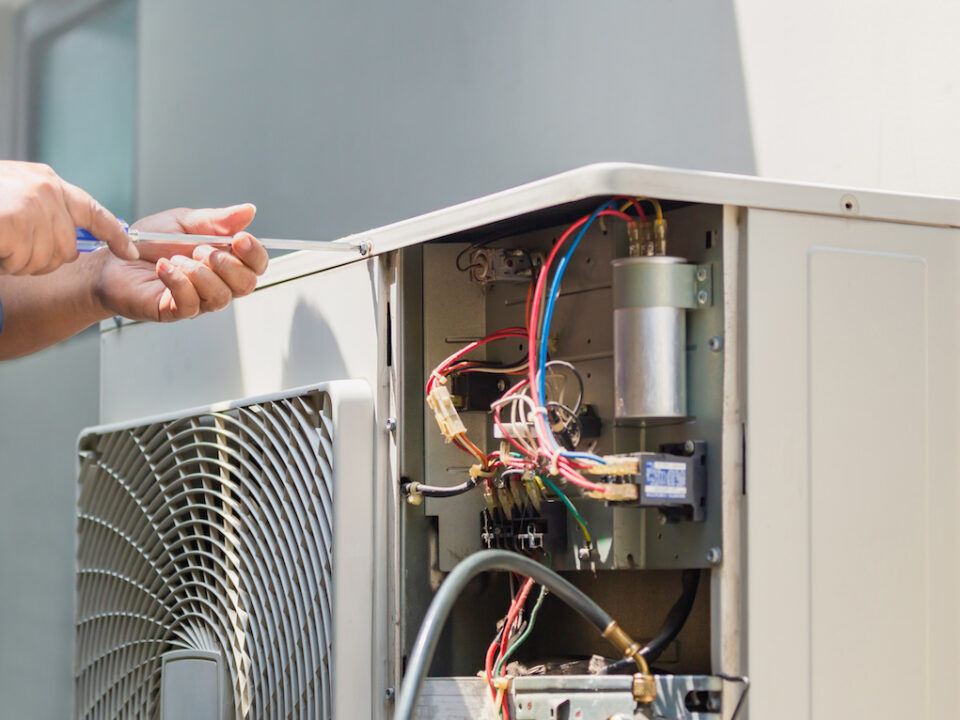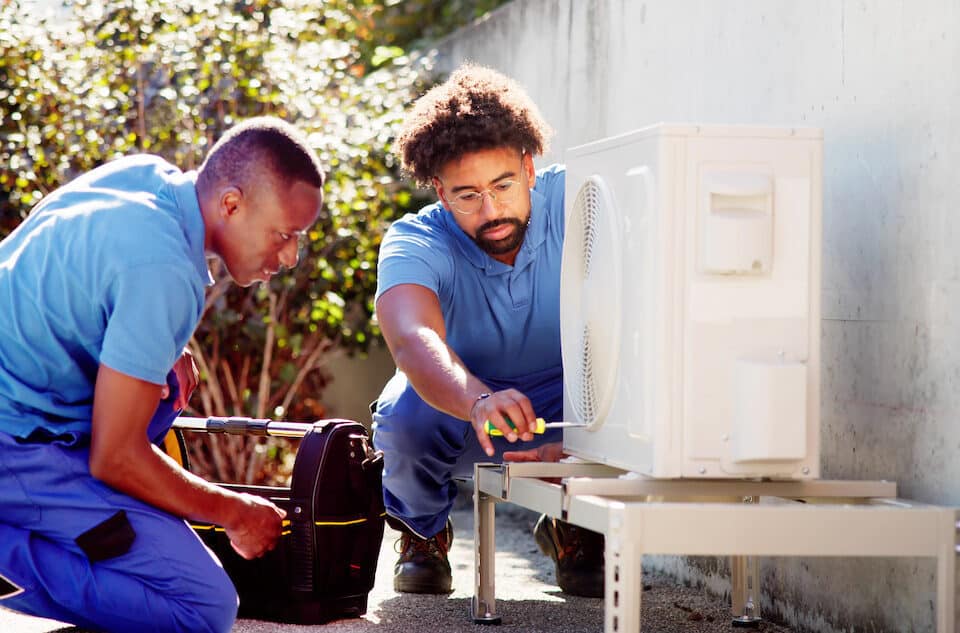Popular Myths for Cooling and Heating Systems
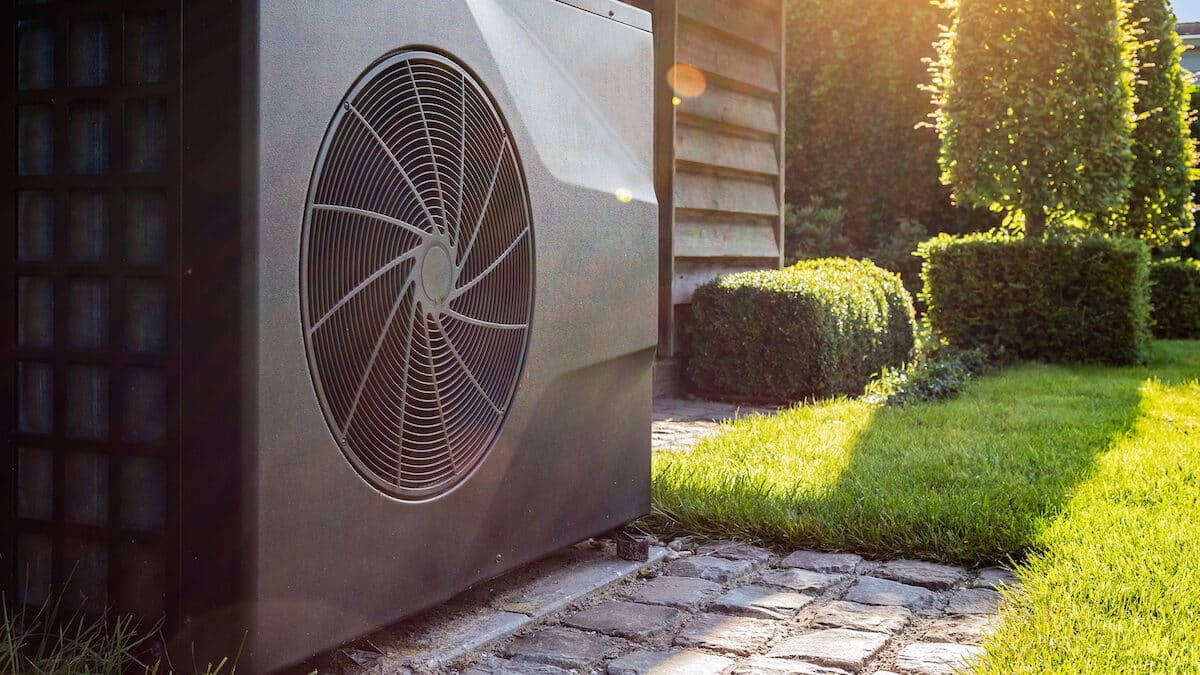
Cooling and heating systems are essential for maintaining comfort and temperature control in our homes and workplaces. However, over the years, various myths and misconceptions have emerged regarding these systems, leading to misunderstandings about their operation, efficiency, and maintenance.
In this comprehensive article, we will debunk popular myths surrounding cooling and heating systems, providing you with accurate information to make informed decisions about your HVAC (Heating, Ventilation, and Air Conditioning) systems.
Myth 1: Closing Vents in Unused Rooms Saves Energy
One common misconception is that closing vents in unused rooms helps save energy by directing conditioned air to occupied spaces. However, this is a myth.
Modern HVAC systems are designed to maintain a balanced airflow, and closing vents can disrupt this balance. When you close vents in one area, it can increase pressure in the ductwork and force the system to work harder. This can result in:
- Reduced efficiency
- Increased wear and tear on the system
- Potentially higher energy bills
Fact: It’s best to keep all vents open and use a programmable thermostat to adjust the temperature in unused rooms when they are not in use. This allows your HVAC system to operate efficiently while maintaining a consistent temperature throughout your home.
Myth 2: Lowering the Thermostat Temperature Heats or Cools Faster
Many people believe that setting the thermostat to an extreme temperature, such as turning it very low to cool the room quickly or very high to warm it up faster, speeds up the heating or cooling process.
In reality, your HVAC system operates at a constant rate, regardless of the thermostat setting. Setting the temperature lower or higher than your desired comfort level only makes your system run longer, consuming more energy and potentially overcooling or overheating your space.
Fact: Set your thermostat to your desired temperature for optimal comfort and let your HVAC system work at its regular pace. It will reach the desired temperature effectively without wasting energy.
Myth 3: A Bigger HVAC System is Better
Some homeowners mistakenly believe that installing a larger HVAC system will provide better cooling or heating performance. However, this is a misconception that can lead to several issues.
An oversized system may short-cycle, meaning it cools or heats the space too quickly and shuts off. This not only leads to uneven temperature distribution but also reduces the system’s efficiency and lifespan. Additionally, it may result in higher energy bills.
Fact: Proper sizing of your HVAC system is essential. A professional HVAC technician should perform a load calculation to determine the correct size for your home based on factors such as square footage, insulation, and climate. An appropriately sized system will provide better comfort and energy efficiency.
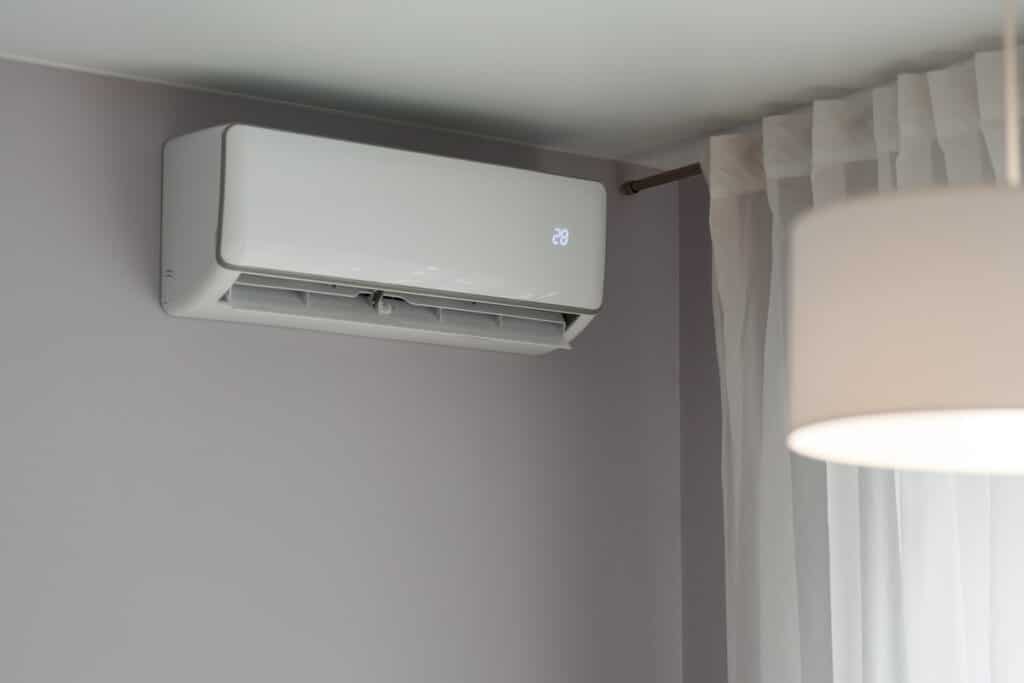
Myth 4: Air Filters Only Need Occasional Replacement
Many people believe that air filters in their HVAC systems require replacement only occasionally, often overlooking this essential maintenance task.
In reality, air filters play a crucial role in maintaining indoor air quality and the efficiency of your system. Clogged or dirty filters restrict airflow, making your HVAC system work harder and potentially leading to breakdowns.
Fact: It’s recommended to check and replace your HVAC system’s air filters regularly. The frequency depends on factors like filter type, household conditions, and pets. A general guideline is to inspect filters monthly and replace them every 1-3 months or as recommended by the manufacturer.
Myth 5: Ceiling Fans Cool or Heat Rooms
Ceiling fans are a valuable addition to homes for improved comfort, but they don’t actually cool or heat rooms.
Some people believe that leaving a ceiling fan running in a room can lower the temperature or make it warmer, depending on the season. However, ceiling fans only create airflow that helps with the perception of comfort by promoting better air circulation.
Fact: In the summer, ceiling fans should rotate counterclockwise to create a cooling breeze, which allows you to set your thermostat a few degrees higher without sacrificing comfort. In the winter, reverse the fan’s direction (clockwise) at a low speed to gently distribute warm air trapped near the ceiling.
Myth 6: Closing Doors and Vents in Unused Areas Saves Energy
Similar to the myth about closing vents in unused rooms, some people believe that closing doors to unused areas of the house can save energy by reducing the space that needs to be heated or cooled.
However, HVAC systems are designed to distribute conditioned air evenly throughout the entire living space. Closing doors and vents can disrupt this balance, causing temperature fluctuations and potentially damaging the system.
Fact: Maintain an open floor plan in your home, and avoid closing doors or vents in unused areas. This ensures proper airflow and temperature control, improving comfort and system efficiency.
Myth 7: Regular Maintenance Isn’t Necessary
Some homeowners think that as long as their HVAC system is running, there’s no need for regular maintenance.
However, neglecting maintenance can lead to reduced efficiency, increased energy consumption, and a shorter lifespan for your system. Routine maintenance tasks, such as cleaning coils, lubricating moving parts, and checking refrigerant levels, are essential for preventing breakdowns and optimizing performance.
Fact: Regular maintenance by a qualified HVAC technician, like the team at Trusting Heating and Air, is crucial. Schedule annual maintenance checks to keep your system in top condition and address any issues before they become costly repairs.
Myth 8: Duct Tape is an Effective Solution for Duct Leaks
Duct tape has a reputation for being a quick fix for almost anything. However, it’s not the right solution for sealing duct leaks.
Over time, duct tape can deteriorate and lose its adhesive properties, leading to leaks. Properly sealing ducts requires using mastic or specialized foil-backed tape designed for HVAC applications.
Fact: When addressing duct leaks, use appropriate sealing materials like mastic or UL 181-rated foil tape. These materials provide a long-lasting and effective seal, improving HVAC system efficiency and indoor air quality.
Myth 9: Closing Curtains or Blinds Prevents Heat Gain or Loss
Some believe that closing curtains or blinds during hot summer days or cold winter nights can significantly reduce heat gain or loss through windows.
While it’s true that window coverings can provide some insulation, they are not a substitute for proper insulation, windows, and energy-efficient glazing.
Fact: Properly insulating your home and using energy-efficient windows are more effective ways to prevent heat gain or loss. While closing curtains or blinds can provide some additional insulation, it should complement, not replace, energy-efficient building practices.
Myth 10: A New HVAC System Solves All Efficiency Problems
When faced with rising energy bills or inefficient heating and cooling, some homeowners believe that replacing their old HVAC system with a new one will automatically solve all efficiency problems. While a new system can be more energy-efficient, it may not address underlying issues such as inadequate insulation, leaky ducts, or improper sizing.
Fact: Before investing in a new HVAC system, it’s essential to conduct a home energy audit to identify areas where improvements can be made. Addressing these issues, along with installing a new system, can result in significant energy savings and improved comfort.
Myth 11: Cranking Up the Thermostat Heats or Cools the Space Faster
Many people believe that setting the thermostat to an extreme temperature will quickly heat or cool a space. For instance, they might think that setting the thermostat to a very high temperature in the winter will warm up the room faster.
In reality, your HVAC system operates at a consistent rate, and the temperature adjustment simply sets the desired final temperature. Cranking up the thermostat only results in your system running longer, potentially overshooting the desired temperature and wasting energy.
Fact: Set your thermostat to your preferred comfort level, and the system will work efficiently to reach that temperature without overworking or consuming excess energy.
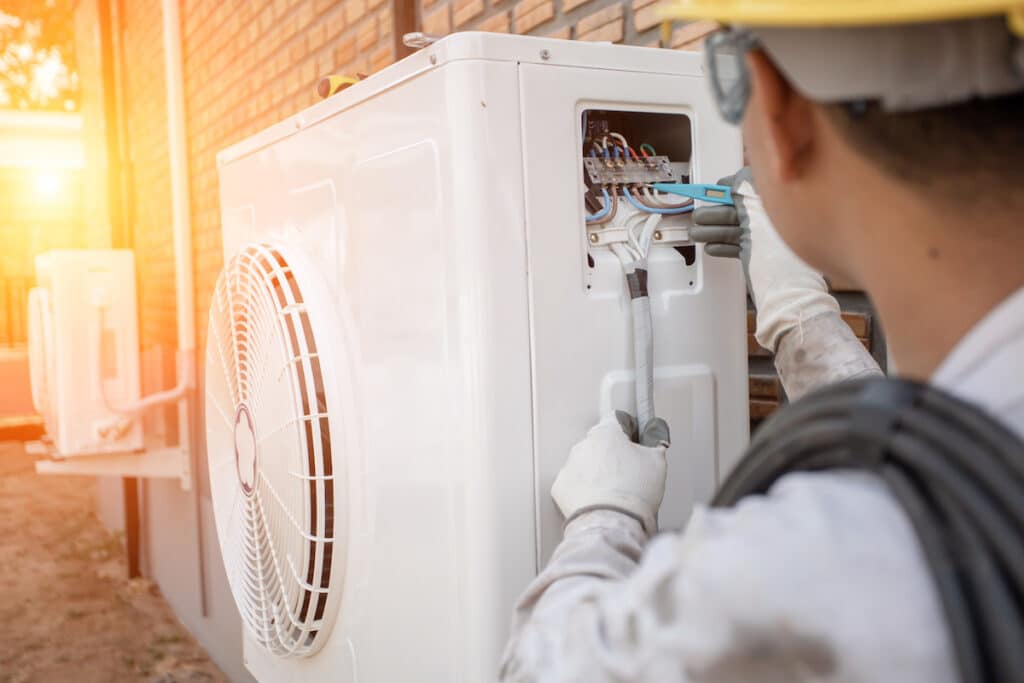
Myth 12: HVAC Maintenance Is Only Needed When the System Breaks
Some homeowners believe that maintenance is necessary only when their HVAC system breaks down. This reactive approach can lead to more extensive and costly repairs down the line.
Regular HVAC maintenance:
- Helps prevent breakdowns
- Ensures optimal performance
- Extends the lifespan of your system
Fact: Schedule annual maintenance checks with a qualified HVAC technician, even if your system seems to be working fine. Regular maintenance can identify and address issues before they become major problems.
Myth 13: The Highest HVAC Efficiency Rating Is Always the Best Choice
When shopping for a new HVAC system, some consumers assume that choosing the system with the highest efficiency rating (SEER or AFUE) will always result in the best energy savings. While higher-rated systems are generally more efficient, they may not always be the most cost-effective option, especially in mild climates.
Fact: The best HVAC system for your home depends on various factors, including your climate, usage patterns, and budget. A lower-rated system may offer a better return on investment in some situations. Consult with an HVAC professional to determine the most suitable system for your needs.
Don’t Believe the Cooling and Heating Systems Myths
Understanding the facts and debunking common myths about cooling and heating systems is essential for making informed decisions about your HVAC system’s operation, maintenance, and efficiency.
By dispelling these misconceptions, you can ensure that your heating and cooling systems operate effectively, efficiently, and provide the comfort and indoor air quality you desire.
Regular maintenance, proper sizing, and energy-efficient practices are key to maximizing the performance and longevity of your HVAC system while minimizing energy costs and environmental impact.
If you’re searching for a preventative maintenance service provider, reach out to our team at Trust Heating and Air!

